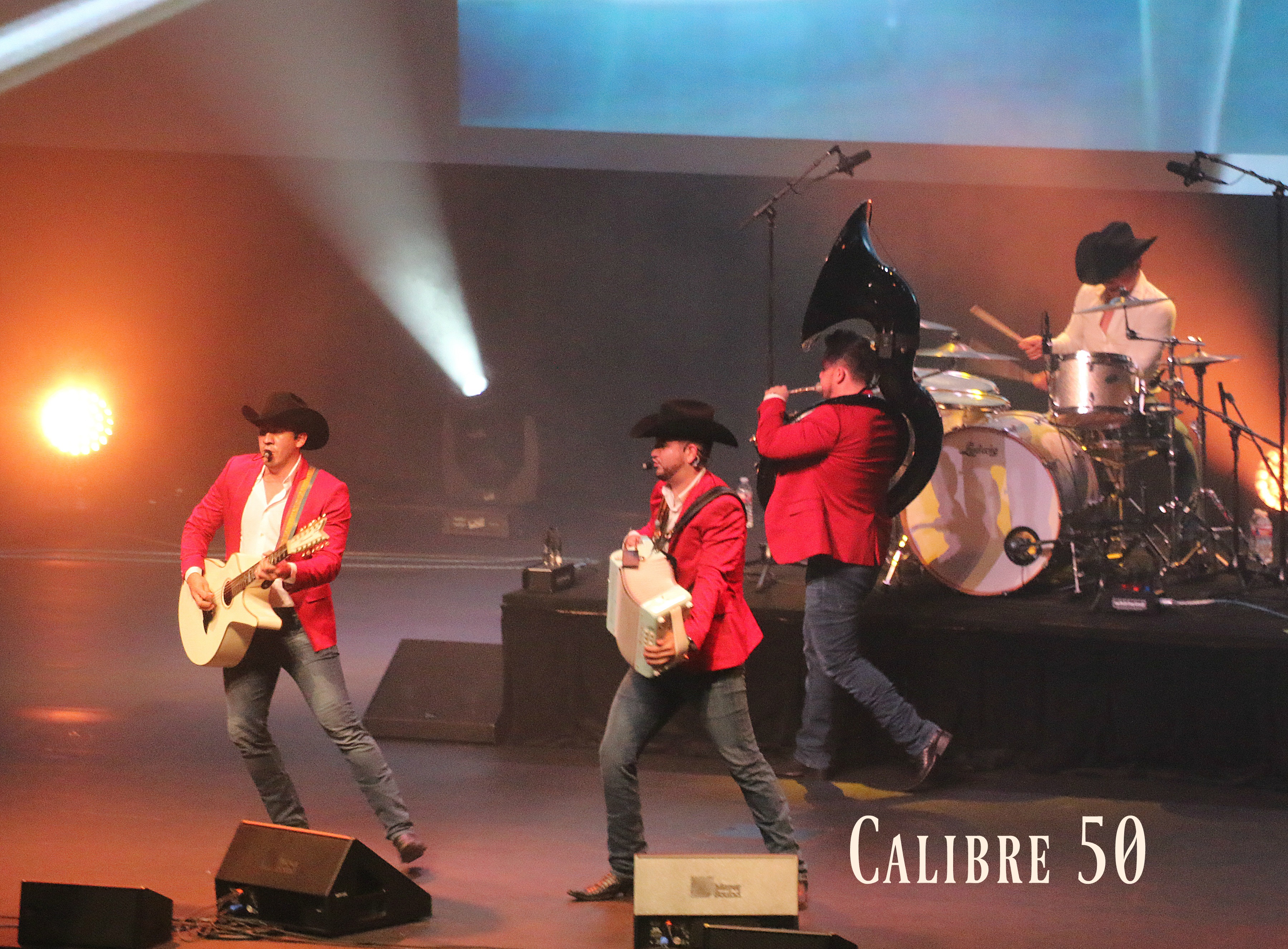|
Regional Mexican
Regional Mexican is a Latin music radio format encompassing the musical genres from the different parts of rural Mexico and the Southwestern United States. Genres include banda, country en español, Duranguense, grupero, mariachi, New Mexico music, Norteño, Tejano, Tierra Caliente and others.Our Story, Our Content from the Univision Radio website It is among the most popular radio formats targeting Mexican Americans in the United States. [...More Info...] [...Related Items...] OR: [Wikipedia] [Google] [Baidu] |
Latin Music
Latin music (Portuguese language, Portuguese and es, música latina) is a term used by the music industry as a catch-all category for various styles of music from Ibero-America (including Music of Spain, Spain and Portuguese music, Portugal) and Latin American music in the United States, the Latino United States inspired by Music of Latin America, Latin American, Spanish and Portuguese music genres, as well as music that is sung in either Spanish language, Spanish and/or Portuguese language, Portuguese. Terminology and categorization Because the majority of Latino immigrants living in New York City in the 1950s were of Puerto Rican or Cuban descent, "Latin music" had been stereotyped as music simply originating from the Spanish Caribbean. The popularization of bossa nova and Herb Alpert's Mexican-influenced sounds in the 1960s did little to change the perceived image of Latin music. Since then, the music industry classifies all music sung in Spanish or Portuguese as Latin ... [...More Info...] [...Related Items...] OR: [Wikipedia] [Google] [Baidu] |
Corrido
The corrido () is a popular narrative metrical tale and poetry that forms a ballad. The songs are often about oppression, history, daily life for criminals, the vaquero lifestyle, and other socially relevant topics. Corridos were widely popular during the Mexican Revolution, and in the Southwestern American frontier as it was also a part of the development of Tejano music and New Mexico music, which later influenced Western music. The ''corrido'' derives largely from the romance, and in its most known form consists of a salutation from the singer and prologue to the story, the story itself, and a moral and farewell from the singer. It is still a popular genre today in Mexico. Outside Mexico corridos are popular in Chilean national celebrations of Fiestas Patrias. History Corridos play an important part in Mexican and Mexican American culture. The name comes from the Spanish word ''correr'' ("to run"). The formula of a standard corrido is of eight quatrains that have four to ... [...More Info...] [...Related Items...] OR: [Wikipedia] [Google] [Baidu] |
Radio & Records
''Radio & Records'' (''R&R'') was a trade publication providing news and airplay information for the radio and music industries. It started as an independent trade from 1973 to 2006 until VNU Media took over in 2006 and became a relaunched sister trade to '' Billboard'', until its final issue in 2009. History The company was founded in 1973 and published its first issue on October 5 of that year. Founders included Bob Wilson and Robert Kardashian. The publication was issued in a weekly print edition, and it also issued a bi-annual Directory. R&R published its print edition from 1973 through August 4, 2006. Its weekly columns and features were intended to inform and educate the radio industry by each format, in addition to format-specific charts based on radio airplay. With the June 25, 1999, issue, the charts became populated by data from Mediabase, a company that monitors and tracks radio airplay in cities across the U.S. From 1987 to 2002 the magazine was owned by Westwood One, ... [...More Info...] [...Related Items...] OR: [Wikipedia] [Google] [Baidu] |
Regional Mexican Airplay
Regional Mexican Airplay (also referred to as Regional Mexican Songs) is a record chart published by ''Billboard'' magazine. It was established by the magazine on October 8, 1994, with "La Niña Fresa" by Banda Zeta being the first number-one song on the chart. The chart mainly focuses on musical styles originating from Mexico including Mariachi, Norteño, Banda and Duranguense as well as the Mexican American community in the United States such as Tejano. These genres are collectively referred to as "Regional Mexican" under the Latin music umbrella. This chart features only singles or tracks and like most ''Billboard'' charts, is based on airplay; the radio charts are compiled using information tracked by from Nielsen Broadcast Data Systems (BDS), which electronically monitors radio stations in more than 140 markets across the United States. The audience charts cross-reference BDS data with listener information compiled by the Arbitron ratings system to determine the approxima ... [...More Info...] [...Related Items...] OR: [Wikipedia] [Google] [Baidu] |
Regional Mexican Albums
Regional Mexican Albums is a genre-specific record chart published weekly by ''Billboard'' magazine in the United States. The chart was established in June 1985 and originally listed the top twenty-five best-selling albums of mariachi, tejano, norteño, and grupero, which are all sub genres of regional Mexican music. The genre is considered by musicologist as being "the biggest-selling Latin music genre in the United States", and represented the fastest ever growing Latin genre in the United States after tejano music entered the mainstream market during its 1990s golden age. Originally, ''Billboard'' based their methodology on sales surveys it sent out to record stores across the United States and by 1991 began monitoring point-of-sales compiled from Nielsen Soundscan. Musicologist and critics have since criticized the sales data compiled from Nielsen, finding that the company only provides sales from larger music chains than from small shops that specialized in Latin music—wher ... [...More Info...] [...Related Items...] OR: [Wikipedia] [Google] [Baidu] |
Monitor Latino
Monitor Latino (stylised monitorLATINO) is a singles chart founded in 2003 which ranks songs on chart based on airplay across radio stations in Latin American countries and Hispanic radio stations in the United States using the Radio Tracking Data, LLC in real time. Monitor Latino started monitoring radio stations in Mexico and the United States in 2003. The company later expanded into other Latin American markets, and currently it monitors radio stations and issues music charts for 18 countries. In January 2012, Monitor Latino began surveying radio stations in the Dominican Republic, Colombia, Ecuador, Venezuela, and Guatemala, publishing singles chart which were only accessible to subscribers. Since 2016, their complete charts are accessible to the general public, and an archive for their weekly charts after July 2014 is available otheir website Monitor Latino hosts an annual award show which is held in Los Angeles, California. The company has its offices in Los Angeles and in ... [...More Info...] [...Related Items...] OR: [Wikipedia] [Google] [Baidu] |
Mexican Music In Chile
file:María_José_Quintanilla_(2) (DYK crop).jpg, 225px, María José Quintanilla, a Chilean singer of ranchera. Music of Mexico, Mexican music enjoys widespread popularity in some social and geographic sectors of Chile. In particular, Mexican music is especially popular among Chilean rural lower classes. Geographically, Mexican music is most popular in Zona Sur, south-central Chile, but there are also significant audiences elsewhere, such as in the northern city of La Serena, Chile, La Serena. Mexican corridos commonly perform in Chilean national day celebrations of Fiestas Patrias (Chile), Fiestas Patrias. Mexican music as understood in Chile is Norteño (music), norteño music, a series of styles that originated in the rural world of the northern half of Mexico. The corrido and ranchera genres of norteño music in particular are referred as "Mexican music" in Chile. Though other regional styles of Mexican music are represented in Chile, similarly to the Regional Mexican radio for ... [...More Info...] [...Related Items...] OR: [Wikipedia] [Google] [Baidu] |
Latin Grammy Award For Best Regional Mexican Song
The Latin Grammy Award for Best Regional Mexican Song is an honor presented annually at the Latin Grammy Awards, a ceremony that recognizes excellence and creates a wider awareness of cultural diversity and contributions of Latin recording artists in the United States and internationally. The award is reserved to the songwriters of a new song containing at least 51% of the lyrics in Spanish. Instrumental recordings or cover songs are not eligible. Since its inception, the award category has had one name change. From 2000 to 2012 the award was known as Best Regional Mexican Song. In 2013, the category name was changed to Best Regional Song. In 2016, the award was changed back to Best Regional Mexican Song. The award was first presented to Colombian songwriter Kike Santander for the track "Mi Verdad", performed by Mexican singer Alejandro Fernández. Mexican singer-songwriter Marco Antonio Solís is the most awarded songwriter with four wins; in 2011 Solís' song " ¿A Dónde Vamos ... [...More Info...] [...Related Items...] OR: [Wikipedia] [Google] [Baidu] |
Grammy Award For Best Regional Mexican Music Album (including Tejano)
The Grammy Award for Best Regional Mexican Music Album (including Tejano) is an award presented at the Grammy Awards, a ceremony that was established in 1958 and originally called the Gramophone Awards, to recording artists for releasing albums in the regional Mexican or Tejano genres. Honors in several categories are presented at the ceremony annually by the National Academy of Recording Arts and Sciences of the United States to "honor artistic achievement, technical proficiency and overall excellence in the recording industry, without regard to album sales or chart position". In 2012, the award - then known as "Best Regional Mexican or Tejano Album" - was one of the new categories that resulted from the Recording Academy's wish to decrease the list of categories and awards for that year. According to the Academy, "it was determined that musical distinctions among some of the regional Mexican subgenres were often very difficult to draw, so the restructuring in categories was wa ... [...More Info...] [...Related Items...] OR: [Wikipedia] [Google] [Baidu] |
Western Wear
Western wear is a category of men's and women's clothing which derives its unique style from the clothes worn in the 19th century Wild West. It ranges from accurate historical reproductions of American frontier clothing, to the stylized garments popularized by Western film and television or singing cowboys such as Gene Autry and Roy Rogers in the 1940s and 1950s. It continues to be a fashion choice in the West and Southwestern United States, as well as people associated with country music or Western lifestyles, for example the various Western or Regional Mexican music styles. Western wear typically incorporates one or more of the following, Western shirts with pearl snap fasteners and vaquero design accents, blue jeans, cowboy hat, a leather belt, and cowboy boots. Hat In the early days of the Old West, it was the bowler hat rather than the slouch hat, centercrease (derived from the army regulation Hardee hat), or sombrero that was the most popular among cowboys as it was ... [...More Info...] [...Related Items...] OR: [Wikipedia] [Google] [Baidu] |
Sertanejo Music
Música sertaneja () or sertanejo () is a music style that had its origins in the countryside of Brazil in the 1920s.Música Sertaneja – Dicionário Cravo Albin da Música Popular Brasileira Its contemporary developments made it the most popular music style in 2000s and 2010s Brazil, particularly throughout the southern/southeastern and center-western countryside Brazil. Subgenres include ''sertanejo raiz'', ''sertanejo romântico'', and ''''. Sertanejo songs have been, since the 1990s, the most played music genre on Brazilian radio, constantly topping the Brazilian music charts. Additionally, from 2000 to 2003 and sinc ... [...More Info...] [...Related Items...] OR: [Wikipedia] [Google] [Baidu] |
Country Music
Country (also called country and western) is a genre of popular music that originated in the Southern and Southwestern United States in the early 1920s. It primarily derives from blues, church music such as Southern gospel and spirituals, old-time, and American folk music forms including Appalachian, Cajun, Creole, and the cowboy Western music styles of Hawaiian, New Mexico, Red Dirt, Tejano, and Texas country. Country music often consists of ballads and honky-tonk dance tunes with generally simple form, folk lyrics, and harmonies often accompanied by string instruments such as electric and acoustic guitars, steel guitars (such as pedal steels and dobros), banjos, and fiddles as well as harmonicas. Blues modes have been used extensively throughout its recorded history. The term ''country music'' gained popularity in the 1940s in preference to '' hillbilly music'', with "country music" being used today to describe many styles and subgenres. It came to encomp ... [...More Info...] [...Related Items...] OR: [Wikipedia] [Google] [Baidu] |






